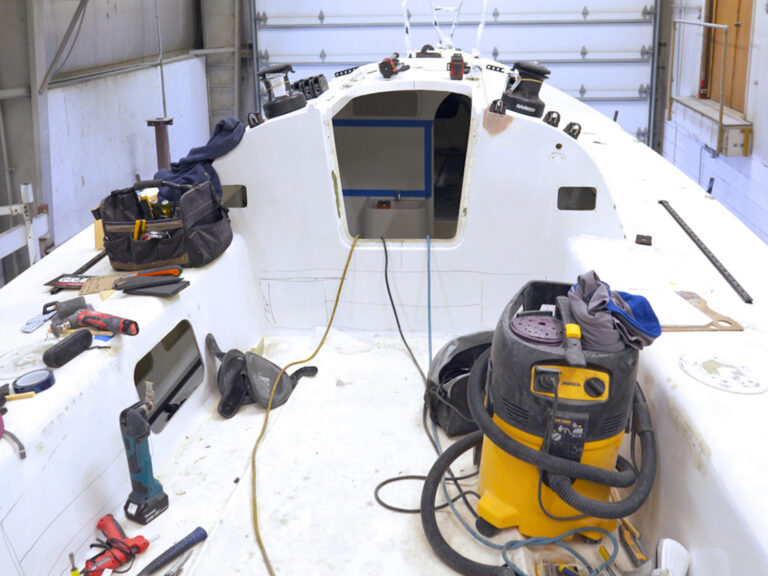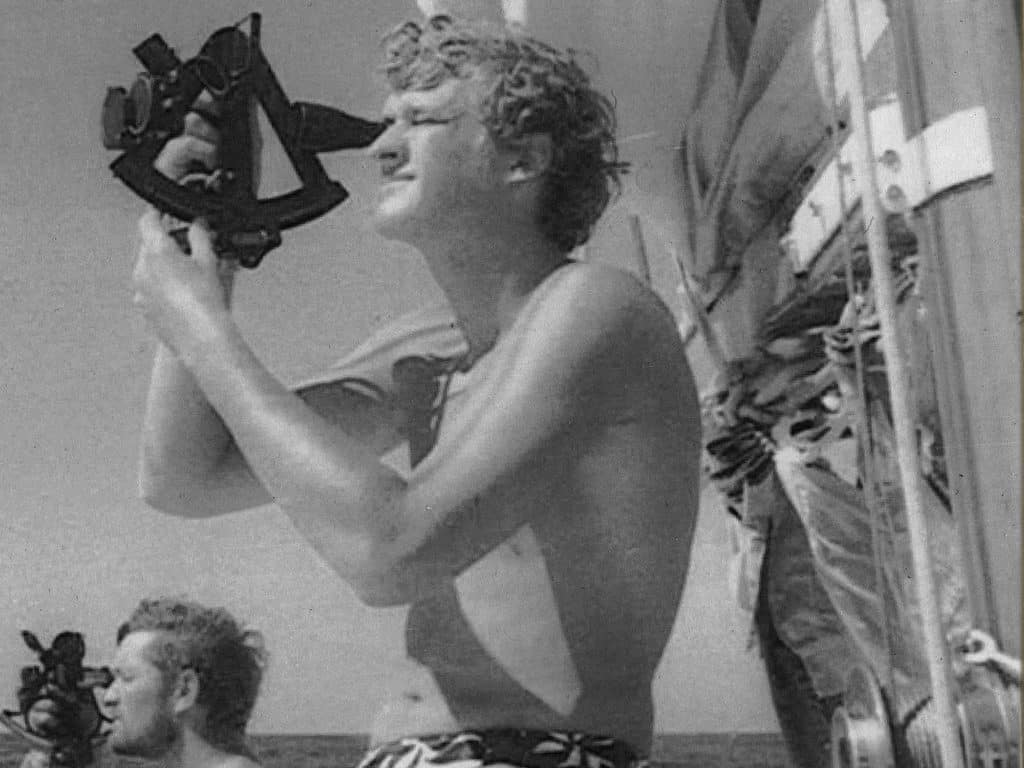
A small miracle happened to me recently. It was a message from the past, and so many memories flashed through my mind. It’s not often that one small thing can bring so much joy. But this unexpected phone call certainly did.
First, a little backstory. Many years ago, in 1966, there was a young Australian bloke who built a small wooden boat he hoped to sail around the world. This young man of 24 was Andy Wall. He lived in Avalon, Australia, just north of Sydney. The boat design was called a Carmen Class. It was 30 feet long, with 27 inches of freeboard aft, blue gum timber frames and a flush deck, with a tiny dodgerlike doghouse covering the cabin hatch. Andy named his boat Carronade, after the small but powerful cannons used on the British warships of yore.
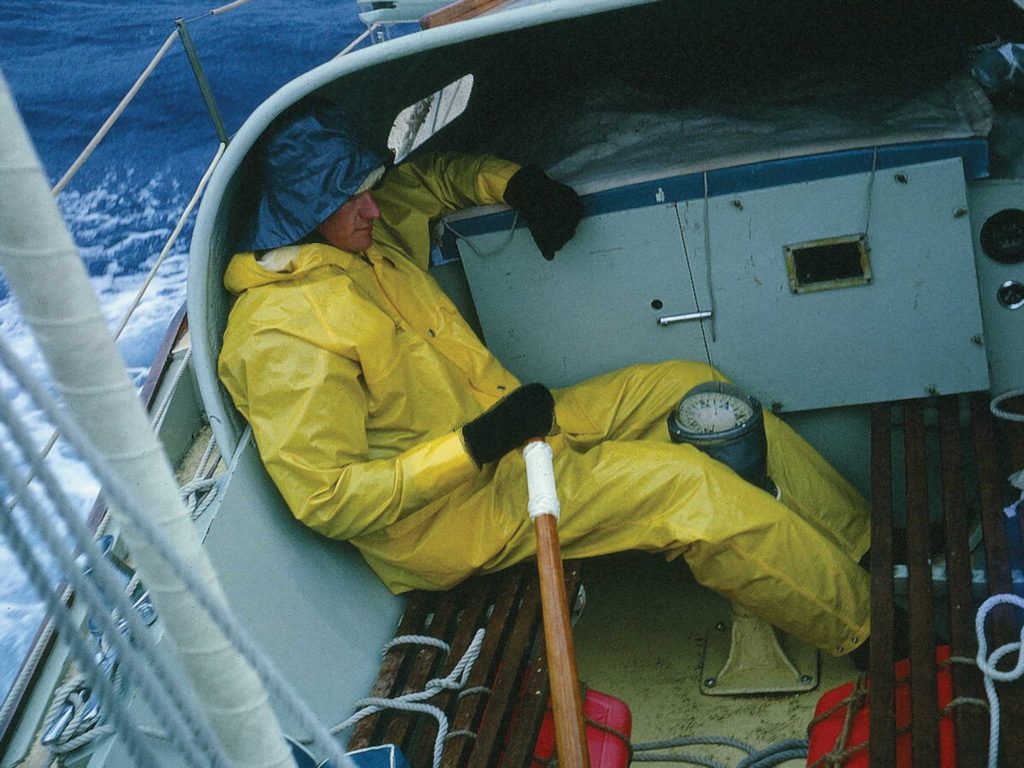
From the moment construction began, Andy knew that this small boat would be his home and his conveyance to grand adventure. When construction was complete, Andy and his two mates, Des Kearns and Ken Mills, set off from Pittwater, Australia.
To go below deck, one had to bend at the waist and crawl through the small hatch. Once below, there was a mere 5 feet of headroom. Carronade had no toilet, just a sturdy black bucket. She had a small kerosene stove and a tiny 1-cylinder Volvo that had to be hand-cranked to start. She had a pipe berth in the forepeak where all the sails were stowed, a small settee bunk, and a cramped chart table—that was it. There were no tanks, just jerry cans for water and fuel, and a tiller for hand steering.
In the cockpit, there was a beautiful Sestrel binnacle compass with an artistic fleur-de-lis pointing north. Andy had no clue how to celestial navigate, but he had the good sense to get all the proper equipment: his grandfather’s sextant, a Walker log for dead reckoning, a Zenith Trans-Oceanic radio, a nautical almanac, and the tables and paper charts needed to navigate. Most importantly, he had a little book by Mary Blewitt, Celestial Navigation for Yachtsmen.
Anyone who has tried celestial navigation knows that it ain’t easy. As Carronade and her crew made their way across the rough and rugged Tasman Sea, Andy was not at all sure his sights and novice calculations were accurate. Luckily, the weekly seaplane delivering supplies from Sydney to Lord Howe Island flew overhead just as Andy was second-guessing his exact position. Andy took a quick compass bearing of the plane’s course using the Sestrel compass. Following that course, the boat and crew made their first landfall. Andy had become pretty proficient in his celestial navigation, but it was that plane and that little compass that got them safely to their first landfall.
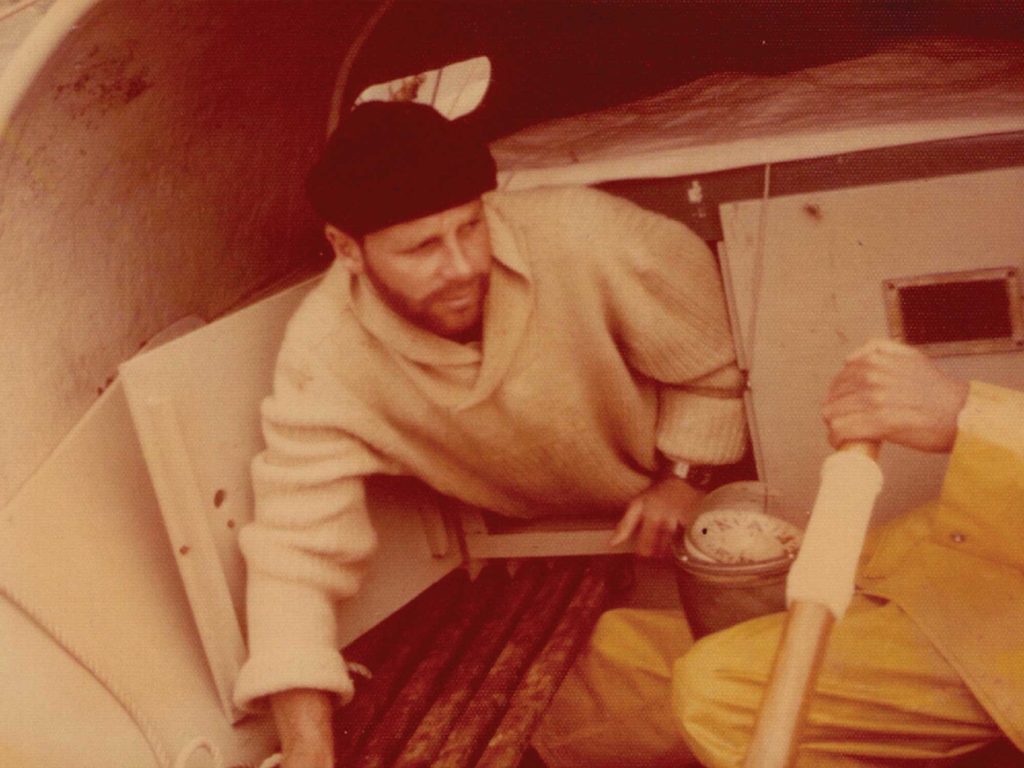
Carronade’s route across the Pacific followed a zigzag of islands beckoning to these three lads. From Lord Howe Island to New Zealand, to the Austral Islands south of Tahiti, then French Polynesia (where Ken Mills flew back to Australia and Bob Nance came aboard). Next, Hawaii, San Francisco, the Marquesas, and back to Tahiti again. Their longest passage was from Papeete nonstop to Cape Horn. From there, they headed up the east coast of South America, and then on to the West Indies, the Bahamas and finally to Fort Lauderdale, Florida, where I met Andy.
That little compass saw it all! Andy and I had our honeymoon sailing little Carronade across the Atlantic, stopping in Bermuda and the Azores, and making landfall in Falmouth, England. We spent two years—1972 and 1973—cruising England, Holland and Belgium, and then back home across the Atlantic via Spain and the Canary Islands.
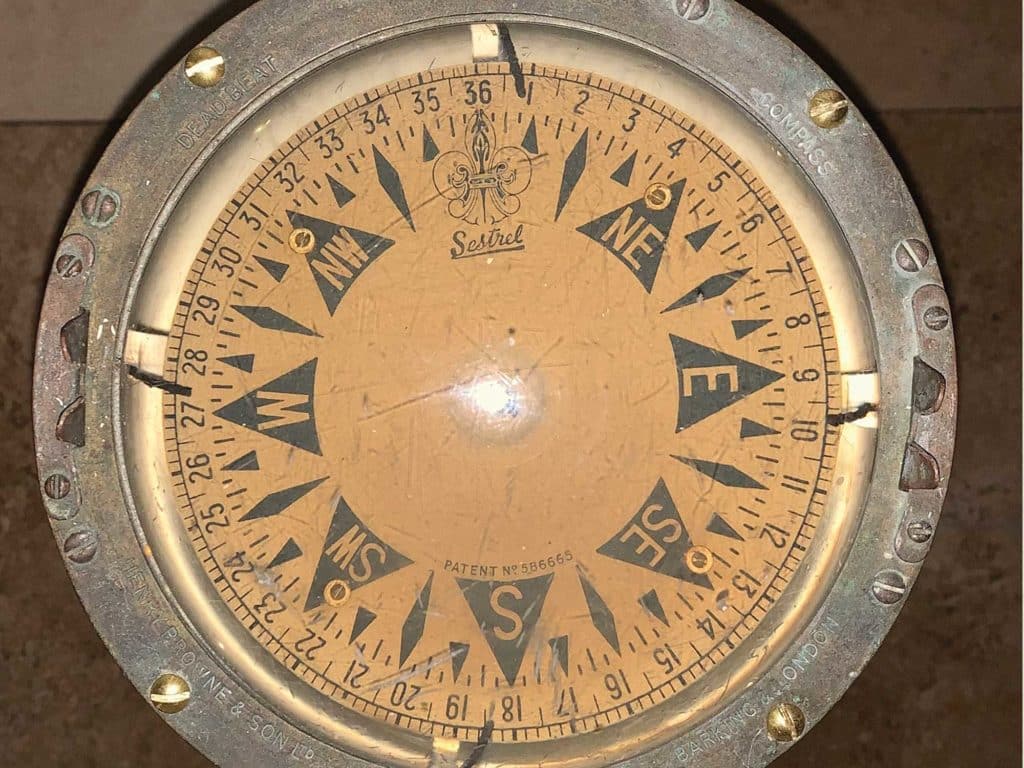
When Andy and I arrived in Fort Lauderdale, Billy Nance (the brother of Andy’s crew Bob Nance) was standing on our dock waiting to take our lines. He offered to buy Carronade and suggested we build a bigger boat. “I know an Australian who has made a mold of the three-time winner of the Sydney to Hobart Race, Freya. Why don’t you build a bigger boat, start a family, and I will take Carronade back to sea?”
RELATED: Navigation Apps You Can Take for a Sail
And so began the story of Kandarik, our Freya 39, which now sits alongside my dock, full of tales of her own. But, back to the story of our compass. Sadly, after six crossings of the Atlantic, Andy died suddenly in 2008. Twelve years later, in summer 2020, I received a phone call from Skip Granger. He had owned Carronade after Billy Nance, and eventually sold her. I had lost touch with Skip until he called me out of the blue.

“Pam, it’s Skip here. I have Carronade’s original compass in my garage. Would you like it?”
Would I like it? Yes! That amazing compass guided Andy, his crew, and myself through many adventures and around the globe. I rushed over to Skip’s house, and put the battered, old and weary compass in my car. The binnacle and compass desperately needed refurbishing— I replaced the liquid in the compass, and my friend Cathy put a new coat of paint on the pedestal, varnished the teak spacer, and polished the binnacle back to its original shine.
I don’t know why Skip had the compass after selling Carronade, but I guess he can explain that someday. The important thing is that my son, Jamie, now has this precious legacy of his father.
Pam Wall and her family circumnavigated aboard their 39-foot Freya sloop, Kandarik. Wall is a sailing consultant and speaker who loves teaching and encouraging cruisers. For more, visit pamwall.com.







